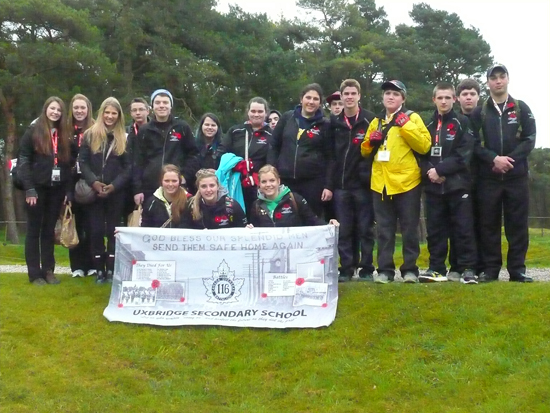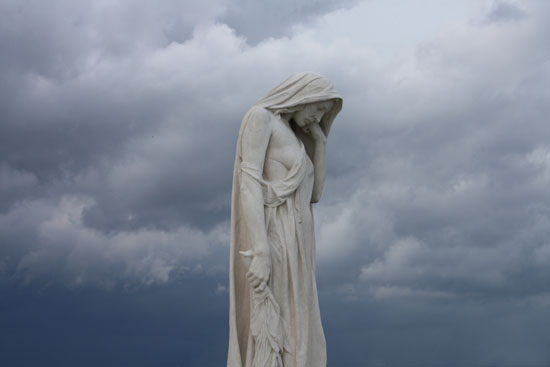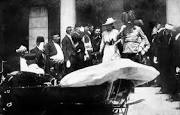
It was a time when every man wore a hat, or as one historian described it, “silk toppers for the privileged, cloth caps for working men and straw boaters for the younger rakes.” It didn’t matter which one Canadians were wearing, 100 years ago this week, since most of them were airborne during the first week of August. Hats were in the air in celebration because Canadians had heard the news from Europe. Here’s the way the Toronto Telegram described it:
“A booming roar … rose and fell in the narrow canyon of streets,” the newspaper reported in August 1914. “It was the voice of Toronto carried away with patriotic enthusiasm. Britain had determined to give the bully of Europe a trouncing.”
In short, it was exactly a century ago that Canadians learned their nation of eight million citizens would follow Mother England into a war to end all wars against Germany. In fact, when I did some research for this column on the 100th anniversary of the outbreak of the First World War, I learned a great deal. I discovered, for example, that instead of reporting events surrounding the assassination of Franz Ferdinand and his wife Sophie, the archduke and duchess of Austria-Hungary on June 28, 1914, Canadian newspapers quite unabashedly fomented public opinion in support the war.
Not only that, but the papers quite literally beat the drum of war in Canadian city streets. Pierre Berton noted in his book “Marching as to War” that in Hamilton, the Spectator newspaper projected slides on the exterior walls of its downtown building pointing out the good English King and the villainous German Kaiser. In Winnipeg, demonstrations resulted and they led young men to the local military barracks to enlist. And in Quebec, where I thought nobody wanted to fight in a war to defend the King of England, La Patrie, a Montreal newspaper, editorialized this way:
“There are no longer French Canadians and English Canadians. Only one race now exists, united by the closest bonds in a common cause.”
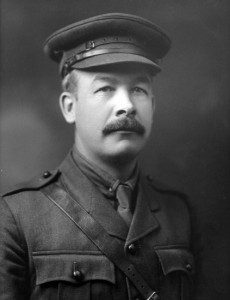
Strange too, since it had only been 15 years since 6,000 Canadians had served with distinction (four won the Victoria Cross) in the South African War. And by 1914, statistics showed that Canada’s regular army had shrunk to only 3,000 men. Still, in 1913, a full year before the assassinations in Sarajevo, Sam Hughes, the minister of militia, had invited Canadians to bolster the country’s militia. No fewer than 60,000 men showed up at training centres across the country to become so-called “weekend soldiers,” reservists preparing for what seemed an inevitable European war. Clearly the Canadian male population was either bored or eager for a fight.
Just look at this community as proof. As I discovered when I researched my book about the First World War battle at Vimy Ridge, (thanks to files at the Uxbridge Historical Centre) local lawyer and MP Samuel Sharpe had no trouble getting Parliament to give its blessing for the formation of the 116th (Ontario County) Battalion in 1916.
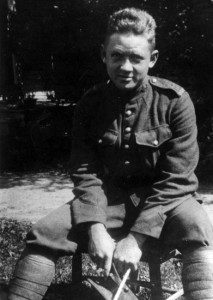
And when Col. Sharpe took his message of serving King and Empire in the Great War to towns and villages across what is now Durham Region, he couldn’t keep up with the flood of enlistment. Typical was teenager Lyman Nicholls. In 1914 he’d responded to a couple of recruiting sergeants from the Mississauga Horse to become a boy soldier playing trumpet in the regimental band. But the next spring, in June 1915 while in class at Uxbridge Secondary School, he really got the bug.
“We were having a French lesson,” Nicholls said. “Our teacher went out of the classroom for a few minutes and I stood up and started for the window. I said, ‘This is our chance, fellows,’ and climbed out the window. Seven others followed me.”
At the Uxbridge post office they took medical exams, signed enlistment papers to join Col. Sharpe’s 116th and went to the quartermaster’s office to pick up boots and uniforms. And even though his parents withdrew him that night because he was underage, Nicholls joined legitimately that summer when he graduated from high school. Later that year, when Sharpe’s volunteers conducted target practice with Ross rifles on a shooting range (along what is now the Brookdale Road) and were photographed in Elgin Park during a drill demonstration, they were 1,100 strong.
As part of their formal send-off, Uxbridge residents erected arches and banners over the downtown streets with religious and patriotic slogans, including: “God bless our splendid men” and “Send them safe home again.” Except that the recruiting of young men, tossing of hats and shouting of slogans did NOT keep them safe. Of the 1,100 members of Col. Sharpe’s 116th Battalion only 160 returned alive. Sharpe himself committed suicide, it’s said, unable to face the families of his county.
The death of a generation began 100 years ago this week.
